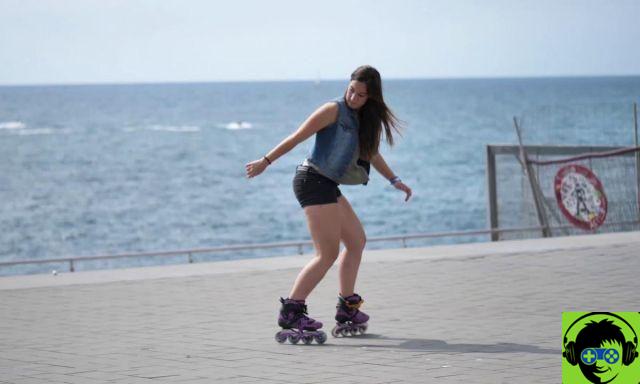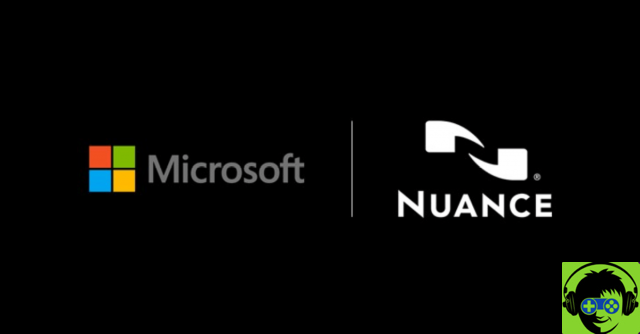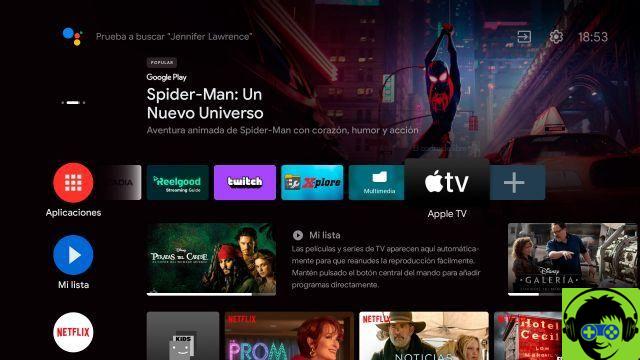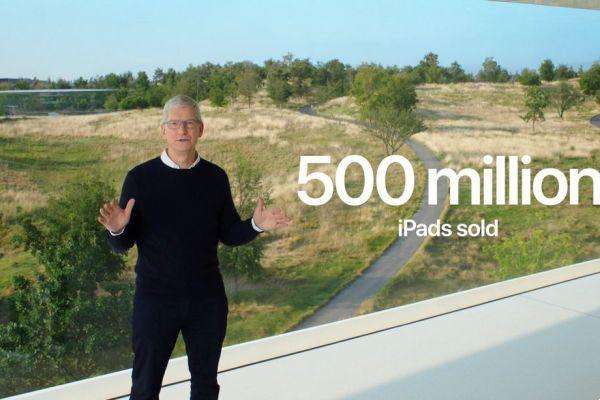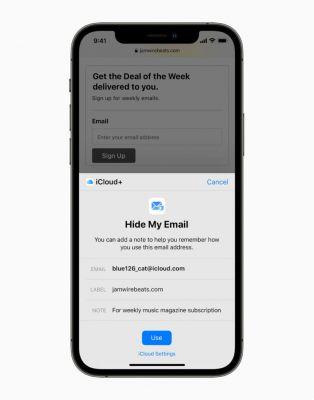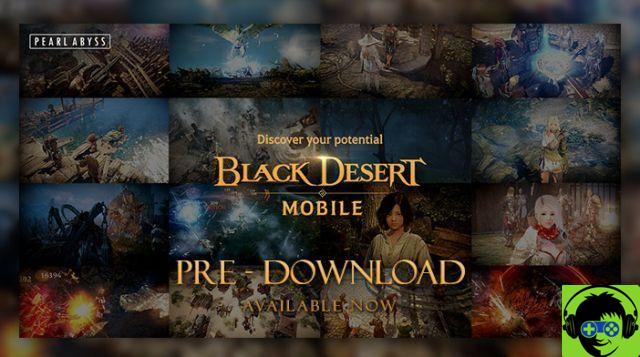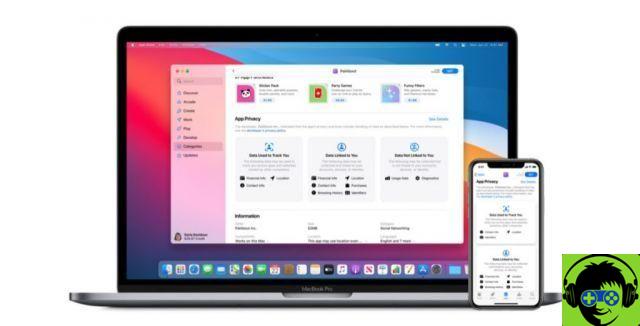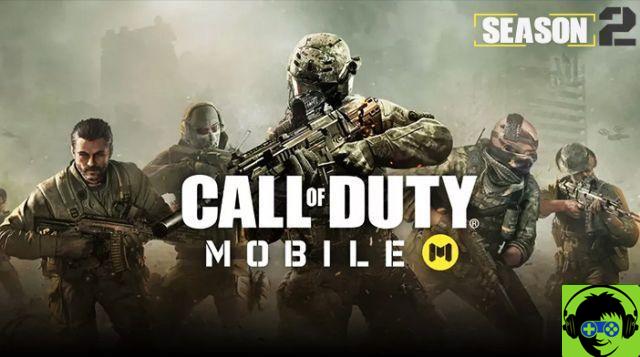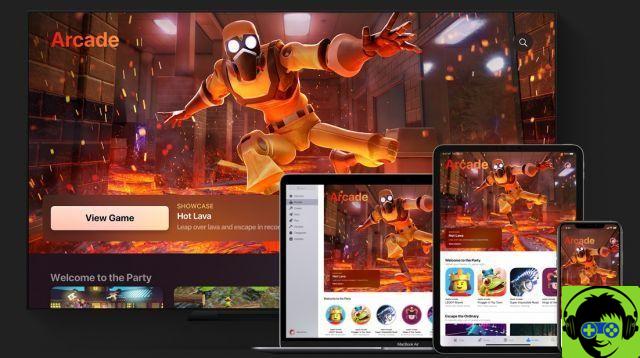With the iPhone 12 and 12 Pro models introduced in October 2020, Apple brought back the name "MagSafe" it once used for magnetic cables designed to charge MacBooks. So the reuse of the MagSafe name still refers to accessories that use magnets, designed only for iPhones rather than Macs (who knows if eventually there will be a Magsafe for Mac again!).
All iPhone 12 have a ring of magnets placed on the back around the wireless charging coil which ensures that accessories, such as cases and chargers, remain fixed in an optimal position.
In this guide we will talk about everything you need to know about MagSafe.
How MagSafe works

MagSafe uses a ring of magnets on the iPhone 12 models to attach accessories that have magnets inside. For example, Apple's MagSafe charger is placed in the correct position on the back of the iPhone, the same way a magnet attaches to the refrigerator door.
The same happens with the cases, which adhere in the exact position thanks to the ring of magnets integrated into the iPhone.
The ring of magnets inside the iPhone
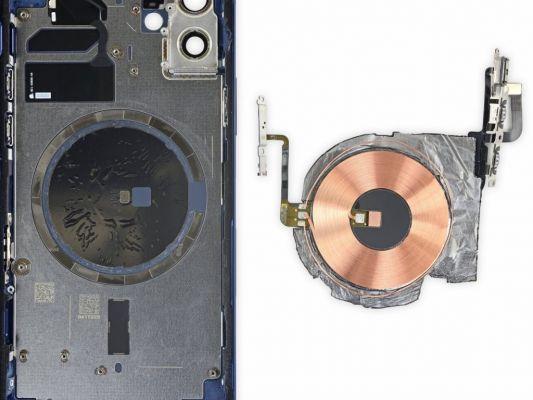
The iPhone 12 models have a ring of eighteen rectangular magnets arranged in a circular shape under the wireless charging coil, allowing accessories to "magically" snap into the perfect position over and over again.
Older iPhones have the same wireless charging coil, but don't have the magnets underneath that allow you to fix accessories in the correct position effortlessly.
The MagSafeSafe charger
The MagSafe charger looks like a giant Apple Watch charger, with an aluminum body and smooth white material across the top. The charger is secured in an iPhone 12 thanks to the magnets they have, perfectly aligning the wireless charging coil of the MagSafe charger with the charging coil of the iPhone.

This is important because, being an induction load, the distance between the coils affects the speed at which energy is transmitted from the emitter to the receiver. In other words, if the phone is placed offset from the charging surface, the phone will charge slower than when it is in the ideal position. The MagSafe Magnet Ring means the user doesn't have to worry about placing the phone in the ideal position, as the magnetism does it for him.
This is applicable to all chargers from other companies, although it is likely that they will progressively release accessories with MagSafe compatibility (i.e. with the same ring of magnets).
While not a big topic of conversation until now, the charging power of the accessories is key, as it is what allows the battery to charge more or less quickly. According to tests, for a MagSafe charger to deliver 15W of power, it must be compatible with a 3.0 9V / 2,22A or 9V / 2,56A power adapter, according to Apple. The iPhone 12 mini can only be charged at full speed with a 9V / 2,03A power adapter.
Which is better, recharge using MagSafe or recharge via cable?
With the MagSafe charger, it takes an hour to charge an iPhone 12 from zero to 50%, which is double the time it takes when using a USB-C to Lightning cable and a 20W power supply.
Using the MagSafe charger is faster than using a charger that uses the Qi standard, which allows a maximum power of 7,5W, but if you want to charge your phone quickly it's best to use the cable that was used until now (and included in the iPhone 12 box).
When the iPhone is hot (for example, because it has performed very intense activities with the processors, or because it is placed near a heat source, such as a radiator), the charging speed can slow down and Apple warns that if the phone overheats, the load will be limited to 80%. Apple recommends moving the "iPhone" and charger to an area where there is better ventilation.
Charging speed with Lightning accessories
When accessories using Lightning, such as EarPods, are connected to the iPhone 12, charging with MagSafe is limited to 7,5W, something you need to keep in mind (as it will take longer to fully charge).
Animation to indicate charging via MagSafe
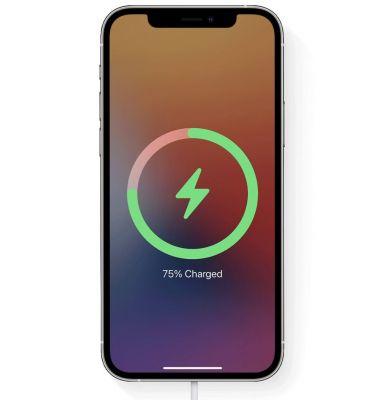
When you connect a MagSafe charger to a compatible phone, the iPhone screen will show an animation representing the MagSafe connection in a circular shape (equivalent to the size of the magnet ring) with the iPhone's charge percentage in the center.
Use the MagSafe charger with older iPhones
The MagSafe charger can be used with older iPhones, but is not recommended as charging is slower than using a 7,5W Qi-based charger. Charging appears to be limited to around 5W when using the MagSafe charger when used with older devices and in tests the MagSafe charger has been shown to be slower than using a conventional Qi charger.
What is Qi?

We have already mentioned Qi several times and you may not have heard the word until now. You simply have a wireless charger at home where you place the iPhone (and other accessories) to charge them by induction. This is what you need to know:
Qi is an interface standard developed by the Wireless Power Consortium (WPC) for the transfer of electrical energy by induction, at distances up to 4 cm). To use the system, the mobile device is placed on top of the power transmission pad, which charges it via electromagnetic induction.
Mobile device manufacturers working with the Qi standard include Asus, HTC, Huawei, LG Electronics, Motorola Mobility, Nokia, Samsung, Apple and Sony. The Wireless Power Consortium was created in 2008 and aims to create a global standard for inductive charging technology.
MagSafe contro USB-C
Tests with the MagSafe charger seem to indicate that charging an iPhone 12 takes twice as long as using a 20W USB-C wired charger. With the 20W charger, an "iPhone" that has run out of power. battery had 50% in 28 minutes and the same 50% took an hour when MagSafe was used.
MagSafe Containers and Accessories
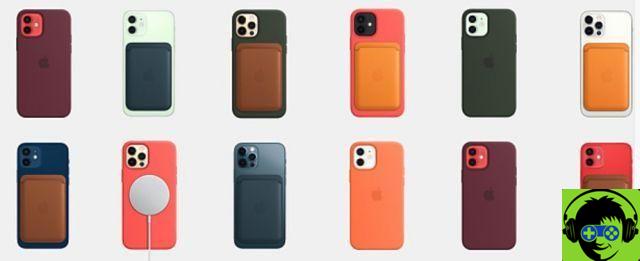
Apple has designed cases, wallet accessories, and a MagSafe charger for use with MagSafe-compatible iPhones, and other case and accessory manufacturers are also launching MagSafe-compatible products.
Things not to do with MagSafe
- Avoid placing single-use cards (such as those for hotel rooms) against the magnet area on the iPhone or MagSafe charger.
- Do not insert credit cards, security passes, passports or magnetic keys between the iPhone and the MagSafe charger as the magnetized areas and RFID chips can be damaged.
- Do not charge the iPhone with the wallet accessory connected (you can leave the case inserted).
MagSafe charger warnings

When using the MagSafe charger, Apple warns that it can leave a mark on the iPhone 12 leather cases, which you need to be aware of. It can also leave marks on silicone cases, and this is likely the case with accessories made by other companies as well.
Clean the MagSafe charger
Apple recommends cleaning the MagSafe charger with a soft, lint-free cloth or lint-free cloth. Abrasive cloths or cleaning soaps cannot be used. Apple recommends that you do not overdo the cleaning, which could damage the product, as well as advise against the use of bleach and aerosol spray.
MagSafe chargers can be disinfected with a 70% alcohol-soaked cloth as long as no liquids get into the openings.
The MagSafe charger will only provide 12W when used with iPhone 12 Mini
In a recently updated support document, Apple indicated that its new Magsafe charger will have a maximum power limited to 12W when used with the iPhone 12 mini, while with the other iPhone 12 models its maximum power will be 15W.
Apple says the iPhone 12 mini will be able to get 12W with a USB-C socket of at least 9V / 2,03A.
The same document states that when Lightning accessories like EarPods are connected to any iPhone 12 model, the MagSafe charger will have a maximum charging power of 7,5W to meet regulatory standards.
Apple says the MagSafe charger must be plugged into power before plugging it into the iPhone, this way you can check that it's safe to allow maximum power. If you insert it into the iPhone into the MagSafe charger before plugging it in, unplug it from the phone, wait three seconds and put it back in for maximum charge.
Apple's Design Guide for specifications when designing MagSafe compatible products

The Apple iPhone 12 models have a «MagSafe» magnet ring which makes them compatible with magnetic accessories such as cases, chargers and wallets. Apple produces MagSafe accessories, but other companies can also design MagSafe products.
Apple has a PDF accessory design guideline that delves into the types of magnets manufacturers can use and other design requirements imposed by Apple.
For example, cases that have MagSafe magnets, for example, must encapsulate the device, with a maximum thickness of 2,1mm. and must be securely attached to the device without the need for magnets.
The announcement Apple made of the iPhone 12 has a scene where the case appears to make a sound when attached with the MagSafe magnets, but neither Apple nor any other company will make any sound when placed and Apple doesn't want them to either.






